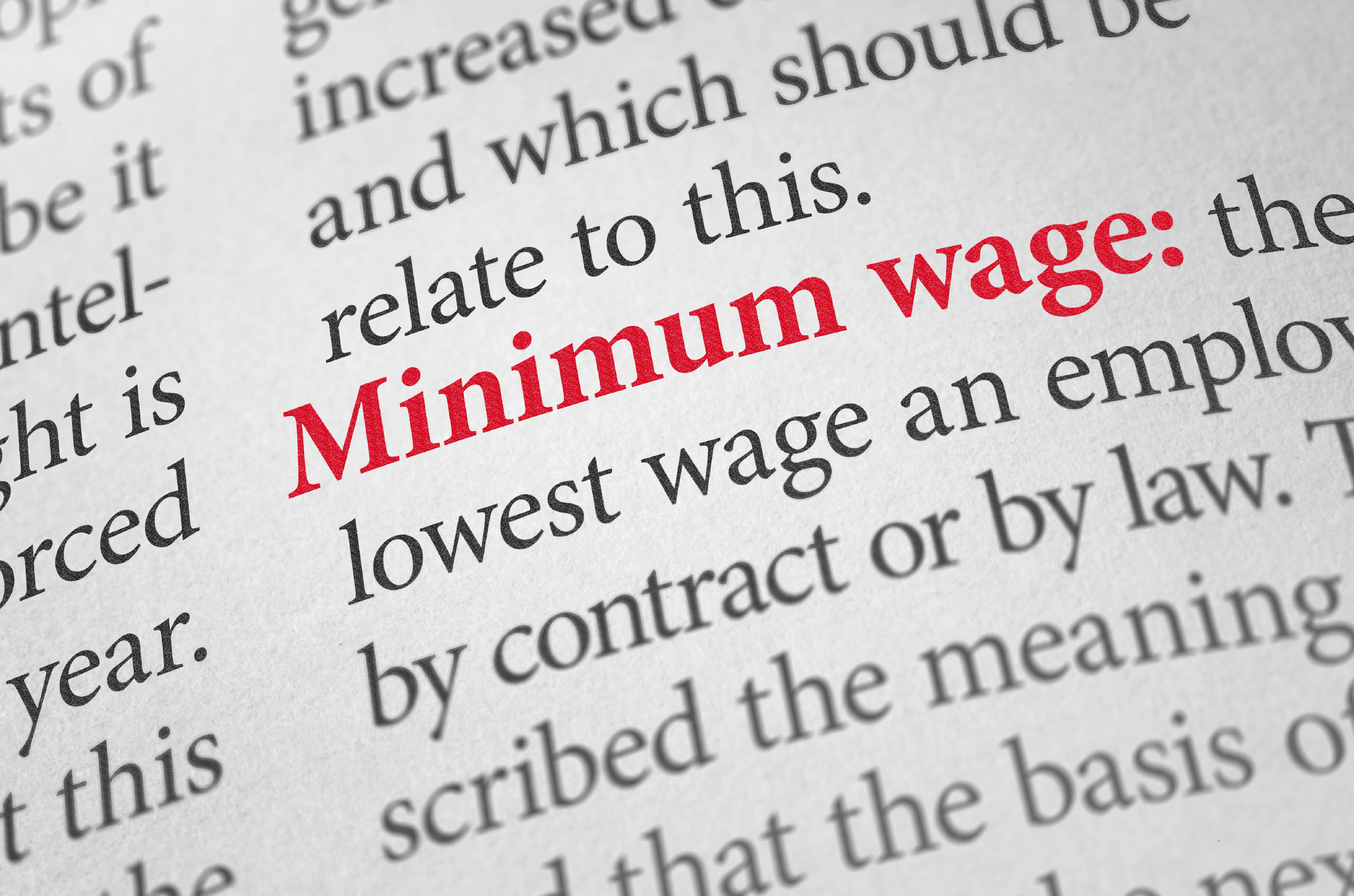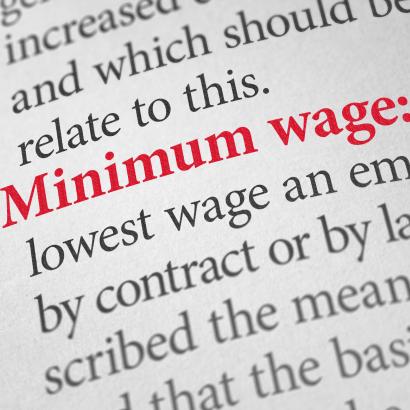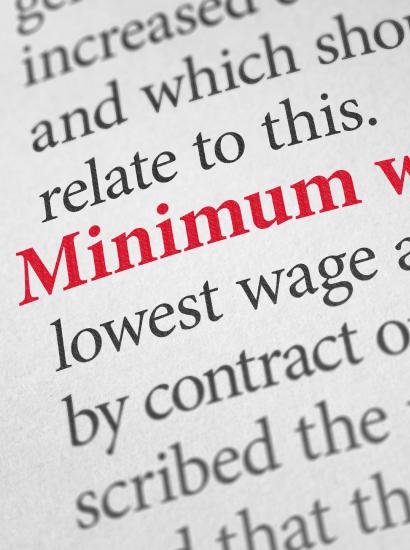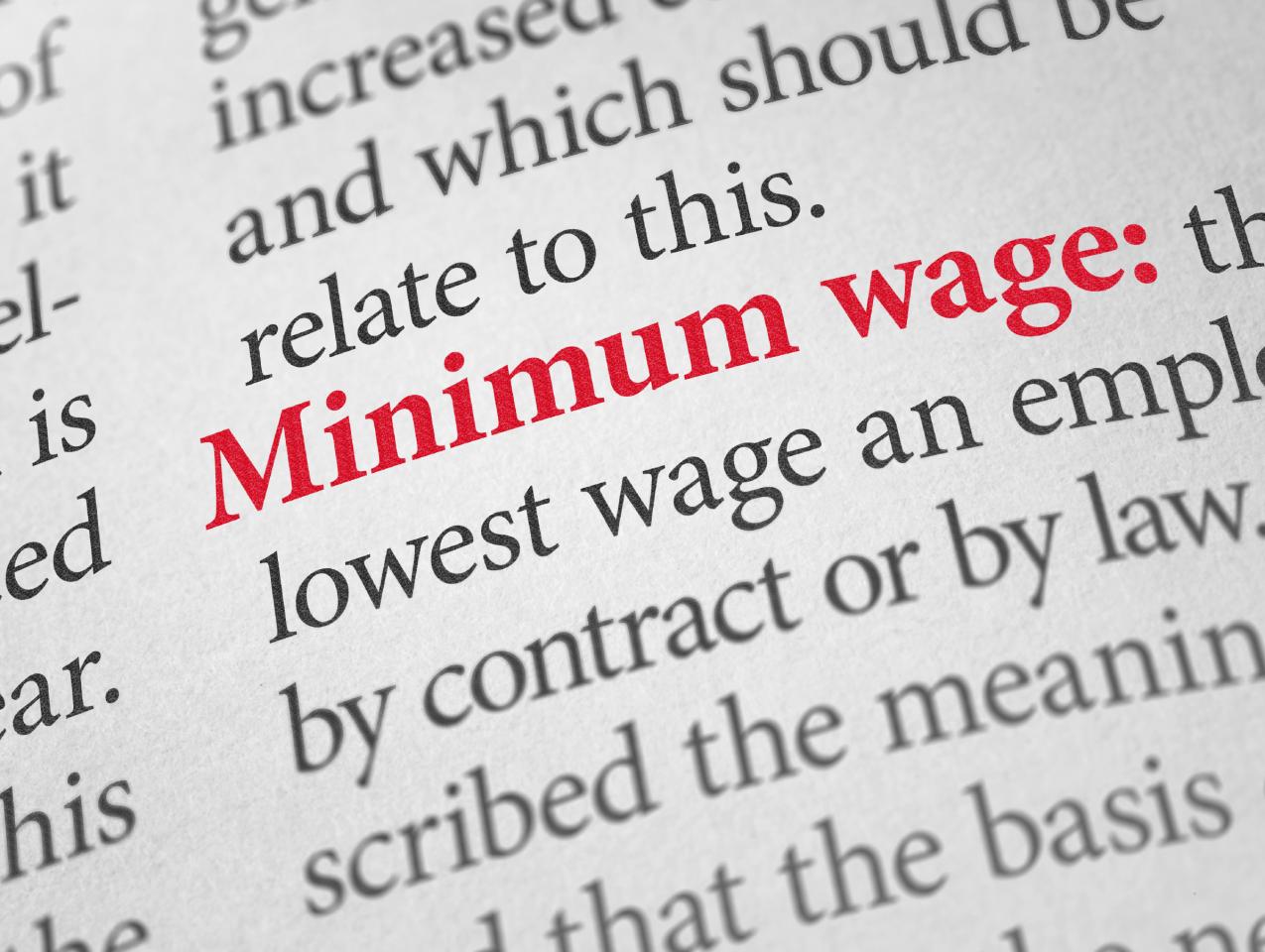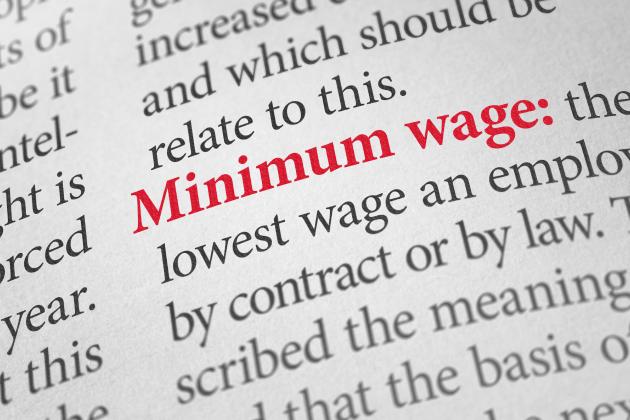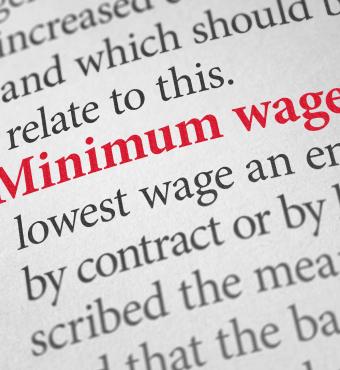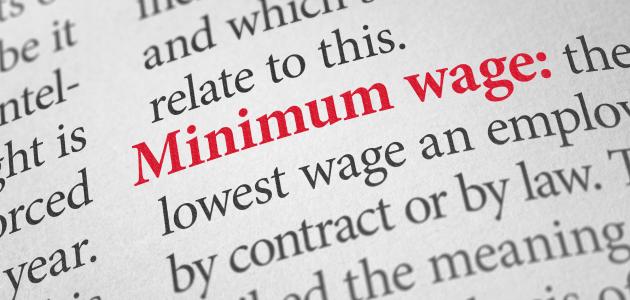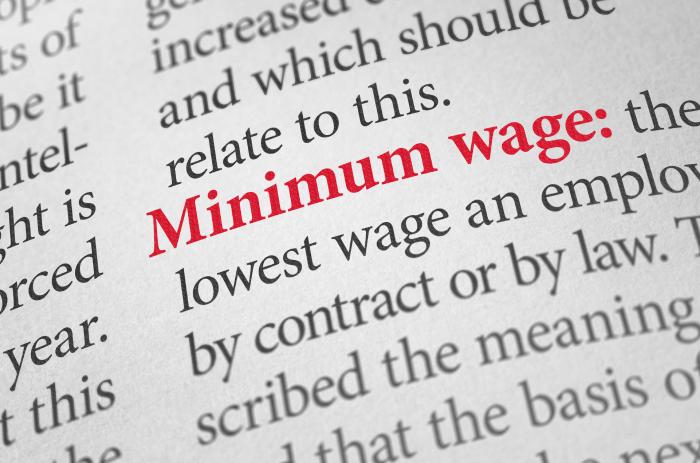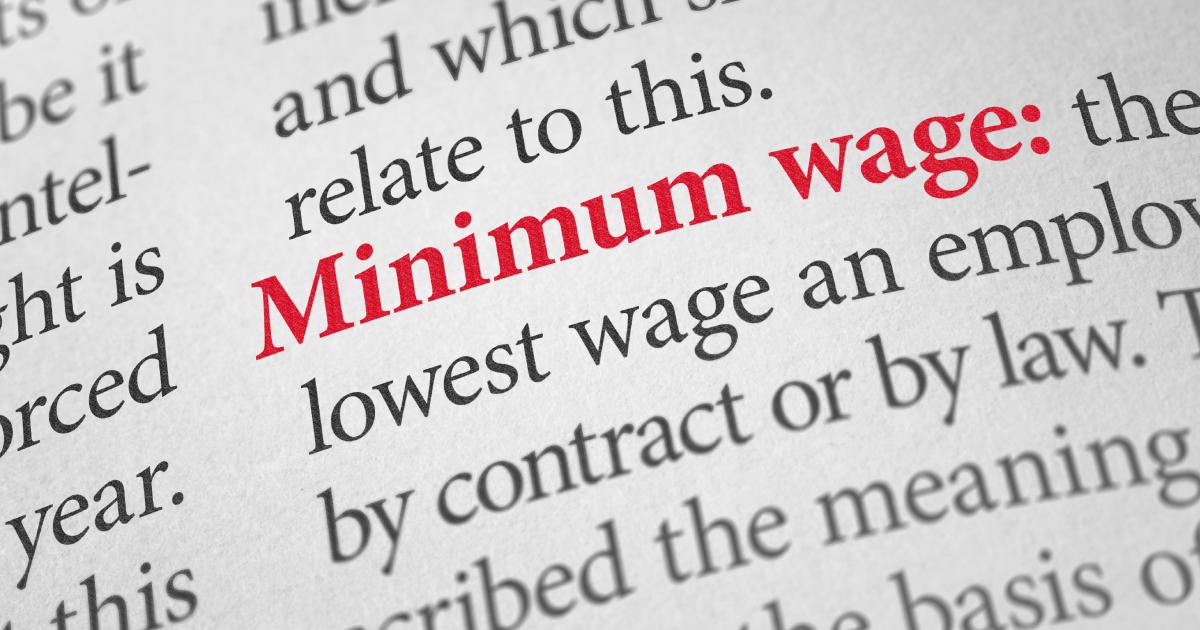One of the ideas that economists are most sure of is that when the price of something rises, other than due to something that shifts the whole demand curve, the quantity demanded falls. Conversely, when the price of something falls, the quantity demanded increases. This is not controversial in economics. Moreover, it’s so clear that it is part of our mutual understanding, even for non-economists. When you hear that Macy’s is having a sale, you don’t say, “Oh, I’d better not shop at Macy’s during the sale because the prices are temporarily higher.” No. You understand that Macy’s is having a sale in order to sell more and that the way to sell more is to lower their prices. Or consider what we all know to be true when strawberries are out of season: their price will be higher than when they’re in season. In other words, a reduction in supply, all else equal, will lead to a higher price; the way to sell the lower amount and have all demanders satisfied is to increase the price.
Economists have a name for this empirical regularity: the law of demand. But, just to drive it home, I should state it: all else equal, at a lower price more will be demanded and at a higher price, less is demanded. The law of demand applies to virtually everything: the demand for steaks, the demand for cars, the demand for houses, and, yes, the demand for labor. That means that when governments raise the price of relatively unskilled labor by substantially raising the minimum wage, the number of unskilled workers employed will fall. There is one exception: when employers are monopsonists (a term I’ll explain later), a skillfully set increase in the minimum wage can actually increase the number of jobs. But this exception is limited and, as I shall explain later, would occur, if ever, only in regional markets.
The fast-food minimum wage
Why does this all this matter, particularly now? Because last year the California legislature gave power to a government body to set wages in the fast-food industry and that government body has set the minimum wage for fast-food businesses at $20 an hour, with further increases anticipated in the future.
What will be the effects on jobs of this high minimum wage for relatively unskilled workers? It will reduce them. One of the few mainstream publications in which to find old-fashioned factual reporting is the Wall Street Journal. Not always, but often. A recent case is the news story by WSJ reporter Heather Haddon, who covered some of the ways California fast-food employers were adjusting in anticipation of the April 1 increase in the minimum wage. Her March 25 story, “California Restaurants Cut Jobs as Fast-Food Wages Set to Rise,” listed a number of ways that workers’ jobs and hours are being cut and will be cut. She wrote:
A California state law is set to raise fast-food workers’ wages in April to $20 an hour. Some restaurants there are already laying off staff and reducing hours for workers as they try to cut costs.
California restaurants, particularly pizza joints, have outlined plans to cut hundreds of jobs in the months leading up to the April 1 wage mandate, according to state records. Other operators said they have halted hiring or are scaling back workers’ hours.
Job loss isn’t the only result of the minimum wage increase. As economists like to say, there are other margins on which to adjust. Employers can, and do, cut non-wage benefits, for example. Doing so dampens the effect of the minimum wage increase on jobs; but that means fewer jobs are lost and the reduction in hours worked is less—it doesn’t mean that no jobs or hours are reduced.
Another way to adjust to higher minimum wages that could drastically reduce jobs is to take advantage of digital technology. One avenue is to hire workers in lower-wage countries. Really? How exactly would that work?
In the April 11 New York Times, reporter Stefanos Chen explained. In a news item titled “The Fried Chicken Is in New York. The Cashier Is in the Philippines,” Chen wrote:
Romy, who declined to give her last name, is one of 12 virtual assistants greeting customers at a handful of restaurants in New York City, from halfway across the world.
The virtual hosts could be the vanguard of a rapidly changing restaurant industry, as small-business owners seek relief from rising commercial rents and high inflation. Others see a model ripe for abuse: The remote workers are paid $3 an hour, according to their management company, while the minimum wage in the city is $16.
Romy is a real person, not a robot, but, as Chen noted in the story, she lives in the Philippines, where wages are much lower than in the United States and, especially, much lower than in New York City. Although Chen’s story is not about the minimum wage, one way fast-food employers could adjust to the minimum wage increase is by hiring low-wage workers in the Philippines and elsewhere.
Interestingly, although Chen stated, “Others see a model ripe for abuse,” he didn’t cite any examples of abuse. Possibly he, or the unnamed others, think that replacing high-wage workers in the United States by hiring lower-wage workers in other countries is abuse.
What about employers who aren’t subject to the wage hike?
Although, as I stated above, the law of demand is straightforward and not controversial, keeping it in mind and thinking through its implications seems to be difficult for some observers. Consider an April 4 news story by Jack Birle in the Washington Examiner. In “California fast-food wage hike worries schools competing for workers,” Birle wrote:
The new $20 minimum wage for fast-food workers went into effect on Monday and raises the floor for wages up $4 per hour from the regular $16 minimum wage for other industries in the state. The Associated Press reported that the boost in wages for fast-food workers is another problem for school districts, which are having a difficult time hiring cafeteria workers.
Give Birle a little credit. As least he understood that school districts are competing with fast-food employers. But then he forgot to follow through on what the minimum wage increase is doing to job opportunities in the fast-food industry: it’s reducing them. So the minimum wage increase will make it easier, not harder, for school districts to find employees. There will be a reshuffling of workers. Higher-productivity workers will find it more attractive to work in the fast-food industry. They will displace some less-productive workers who are not producing enough to make it worthwhile for fast-food employers to hire them. But the overall net effect will be fewer jobs in the fast-food industry and, therefore, more workers looking for work in other industries.
If you doubt this, consider the following hypothetical. California’s government raises the fast-food minimum wage to $30 per hour. Many more fast-food workers would lose their jobs. Is there any doubt that many of these workers would look for similar jobs in the industries not covered by the $30 minimum? And with more workers seeking such jobs, it would be even easier for other employers to find workers.
The monopsony exception
The main exception to the idea that an increase in the minimum wage causes a loss in jobs is what economists call “monopsony in the labor market.” The idea is that an employer has a monopoly on the hiring side of the market. In such a case, it’s at least possible that a skillfully set minimum wage would not cause job loss and could even increase the number of jobs.
But let’s apply this to the fast-food industry. How likely is it that a Wendy’s franchisee, say, is not vigorously competing for workers with a McDonald’s or a Burger King franchisee? Not very. So, even if monopsony exists in other labor markets, it’s highly unlikely to exist in the market for fast-food employees.
Moreover, if monopsony does exist, it, by definition, must be regional in nature. You can’t have an employer in, say, high-wage San Francisco having monopsony power over labor in, say, lower-wage Bakersfield. That means that if monopsony is the justification, the minimum wage to offset it should be set for a region rather than a large state: San Francisco should have its high minimum wage and Bakersfield should have its lower minimum wage. So ixnay on a California fast-food wage.
One of the leading proponents of the idea of monopsony in the labor market is British economist Alan Manning of the London School of Economics. He and I debated the minimum wage in an event sponsored by a group of MBA students at Northwestern University. In that debate, Manning claimed that even a large increase in the US minimum wage would cause little or no job loss.
He gave this example to make his case. See if you can spot his implicit, and implausible, assumption. An employer has an employee who produces something worth $12 an hour to the employer. The employer currently pays the employee $8 an hour. So, if the government raises the minimum wage to $10 an hour, the employer will continue to hire the worker. That’s true.
But did you catch his implicit assumption, which is almost certainly false? Here it is. Manning assumed that employers aren’t competing for workers. But if another employer also can hire the worker to produce something worth $12 an hour, why wouldn’t he offer, say, $9 and still make a lot of money on the employee? Then another employer would offer $10. Et cetera. Competition would drive the employee’s wage up close to the value of what he produces. It might not be $12 because the employee has some cost of moving. But it’s likely to be much closer to $12 than to $8. And that means there’s a very thin zone in which to raise the minimum wage and not cause job loss.
When I made this argument, the moderator of the debate, Northwestern economics professor Amanda Starc, claimed that I was assuming that the labor market is perfectly competitive. I wasn’t. I claimed simply that the labor market is competitive. Perfection is not realistic and is not required.
What to do?
As I said in the debate, I don’t doubt that Professor Manning and other academic advocates of a higher minimum wage want to help low-wage workers. Unfortunately, that higher minimum will hurt the least skilled and make it harder for them to get on the first rung of the economic ladder to success.
There’s a better way to help them: expand opportunities rather than reduce them. Get rid of the occupational licensing restrictions that require many workers, not just in the legal and medical professions but also in hundreds of occupations, to get a government license before practicing. The number of jobs for which people require such permission is now almost 25 percent of jobs, up from only 5 percent sixty years ago. Also, don’t hamper people who want to sell food out of trucks; leave them alone. Those measures would help hundreds of thousands, and possibly millions, of low-wage workers. But don’t hurt them further by raising the minimum wage.







